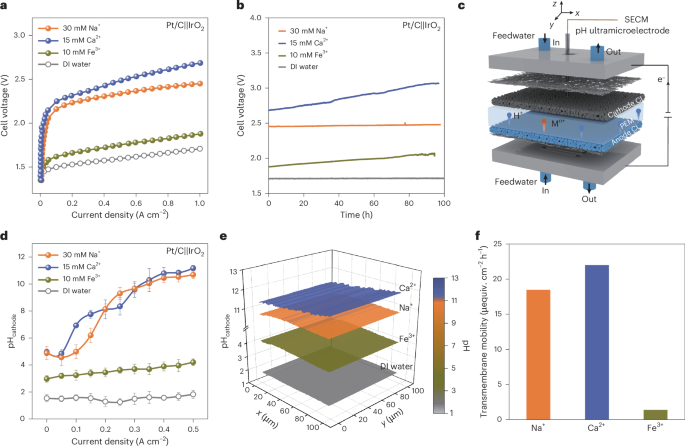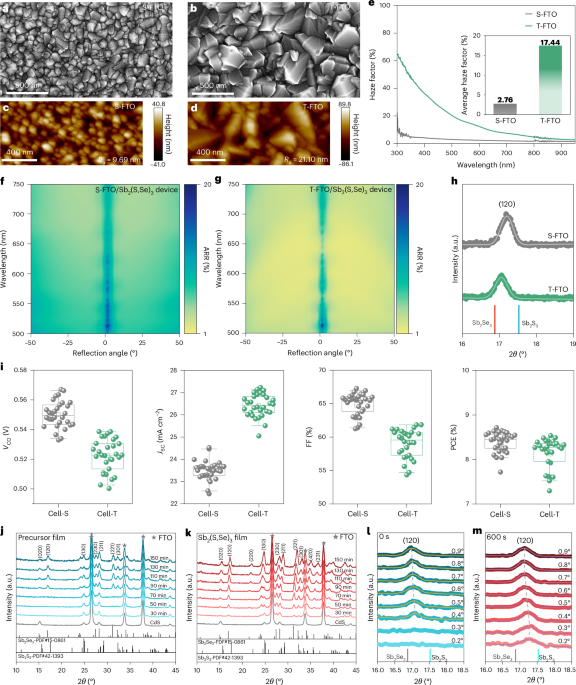HASC leaders release new defense acquisition reform plan to SPEED weapons buying
“The fragility of today’s DIB [defense industrial base] is a direct consequence of decades of well-intentioned, but ultimately misguided, acquisition regulations,” a summary of the bill reads.


House Armed Services Chairman Mike Rogers, R-Ala., left, and ranking member Rep. Adam Smith, D-Wash., attend the House and Senate committee markup of the National Defense Authorization Act for Fiscal Year 2024 in Dirksen Building on Wednesday, November 29, 2023. (Tom Williams/CQ-Roll Call, Inc via Getty Images)
WASHINGTON — The House Armed Services Committee’s top leaders today revealed their plan to reform the notoriously clunky and cumbersome defense acquisition process, setting the stage for a focus on speeding up weapons procurement in the fiscal 2026 defense policy bill.
The SPEED Act, put forward by HASC Chairman Mike Rogers, R-Ala., and ranking member Rep. Adam Smith, D-Wash., centers on the idea that today’s defense acquisition system prioritizes regulatory compliance, at the expense of quickly developing and fielding technologies — resulting in a defense industrial base that is built around doing business with the government rather than technological innovation.
“The fragility of today’s DIB [defense industrial base] is a direct consequence of decades of well-intentioned, but ultimately misguided, acquisition regulations,” a summary of the bill reads. “Doing business with DoD is too costly, risky, and unpredictable for private industry, which drives away even the most patriotic companies.”
A senior congressional official said one goal of the legislation was to lay out a “common North Star” for all participants in the Pentagon’s acquisition enterprise, which is comprised of a disparate group of stakeholders that are under the authority of different services or leaders. In this case, this “singular point of focus” was speeding up the process to ensure that servicemembers get relevant technologies in time to combat emerging threats.
The second major effort of the bill involves overhauling the Defense Department’s requirements process, an ambitious endeavor aimed at trimming the timeline for forming requirements from around 800 days currently to a period of about five months.
To do that, HASC leaders propose taking the Joint Requirements Oversight Council (JROC) and turning it into the Joint Requirements Council (JRC), which would no longer validate “highly specific capability documents” and instead focus on evaluating evolving threats, future force design needs and joint requirements.
The JRC would then submit its recommendations — made within a 30 to 60 day period — to a new organization known as Requirements, Acquisition, and Programming Integration Directorate (RAPID). RAPID would be co-led by the Joint Staff and the department’s Cost Assessment and Program Evaluation office, and would also involve combatant commanders and other stakeholders across the technology, acquisition and resourcing enterprise who would evaluate potential technologies and their costs. RAPID would have up to 60 days to provide its recommendation to the deputy defense secretary, who has a 30-day deadline to make a decision.
In addition to RAPID, the act would also establish the Mission Engineering and Integration Activity (MEIA), an experimentation hub that would ensure that technologies recommended by RAPID meet mission needs and work as designed. MEIA would work concurrently with RAPID to inform its recommendation process.
The SPEED Act lays out four other key pillars for reform:
- Aligning Acquisition to Warfighter Priorities and Operational Outcomes: This basket of reforms includes provisions meant to empower program executive officers, giving them additional authority over planning, budgets and execution. It also compels the Pentagon to begin looking at how to organize program officers around “major capability activity areas,” rather than individual weapons programs.
- Striking the Balance Between Regulation and Efficiency: This section calls for the Pentagon to reduce or eliminate requirements related to cost and accounting regulations that often add time to the acquisition process and prevent commercial industry from working with the Defense Department
- Strengthening the Defense Industrial Base and Leveraging Commercial Innovation: Among other changes, creates a DoD Industrial Resilience Consortium for manufacturers, technology developers, supply chain stakeholders and research institutes to collaborate on solutions to parts obsolescence, diminishing sources of supply and dependences on foreign nations for critical materials.
- Developing a Mission-Oriented Defense Acquisition Workforce: Requests reports on the defense acquisition workforce so that Congress can make decisions in the future on how best to improve it.
The SPEED Act will be the focal point of HASC’s version of the FY26 National Defense Authorization Act.
Senate Armed Services Committee Chairman Roger Wicker, R-Miss., has put forward his own acquisition reform legislation, known as the Fostering Reform and Government Efficiency in Defense (FORGED) Act, which will become the centerpiece of the SASC bill.
The FORGED Act, released in December, would greatly expand the Pentagon’s ability to use commercial procurement processes, making them the default contracting method for the Pentagon and enabling nontraditional defense firms to use those processes even when contracting for defense-specific weapon systems like missiles.
Like SPEED, FORGED would rescope the authorities of the JROC, although Wicker’s plan would seem to envision a much weaker future for CAPE than the HASC plan.
The congressional staffer said that HASC leaders took a different approach than the FORGED Act, aiming to “get at the underlying, maybe more ambiguous challenges” in defense acquisition, with the intent of successfully merging the two bills during the NDAA conference process.




















































































































































![The F-35’s future: The world’s most advanced stealth fighter and what comes next [Video]](https://breakingdefense.com/wp-content/uploads/sites/3/2025/03/8477353.jpg?#)


